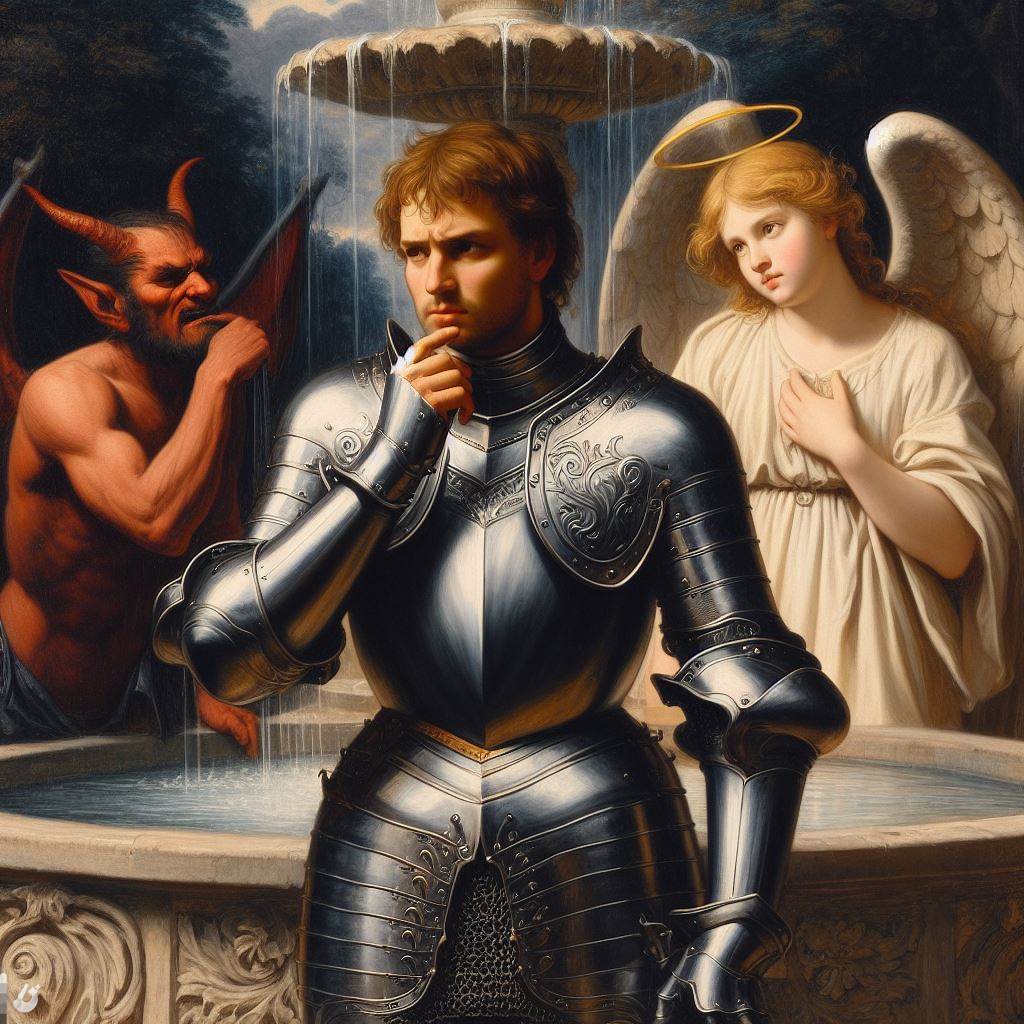
In the enchanting world of fantasy tales filled with magic, gods, elves, and dwarves, a recurrent theme unfolds—the perilous quest for immortality and the ominous allure of necromancy. From the pitfalls of characters like Voldemort to the cautionary tales against disturbing the slumber of the deceased, the message resounds: the dead should remain undisturbed. Yet, in a surprising twist, the latest exhibition at the Musée d’Orsay in Paris challenges these age-old notions.
Entitled "Bonjour Vincent," the exhibit introduces a spectral, AI-generated version of the revered artist Vincent van Gogh. Engineers have meticulously inputted facts from early biographies and assimilated over 900 of his letters to create an eerily accurate virtual replica. This AI manifestation of van Gogh not only provides insights into his life but also delves into topics such as his thoughts on suicide and mental health issues.
In the grand tapestry of art and existence, this exhibition raises profound questions about the convergence of technology and necromancy. The quandary lies not merely in the lack of emotional depth or the AI's limited knowledge but in the profound disruption it poses to the intrinsic dialectic of life and art. The delicate equilibrium between the finite and infinite, mortality and immortality, is at risk.
Vincent van Gogh, a luminary of his time, left behind a legacy that transcends the boundaries of mortality. Previously, the discourse surrounding van Gogh pertained to his genius, sparking contemplation on the interplay between life and art. Enthusiasts sought to unravel the creative genealogy that influenced his paradigm, allowing the artist to endure through his masterpieces.
However, with the advent of AI technology, the boundaries blur. The once revered genius is now susceptible to being relegated to the realm of automated customer service, akin to a chatbot handling late-night junk food delivery complaints. The narrative is shifting from the contemplation of an artist's eternal impact to a disconcerting fusion of technology and necromancy that challenges our perceptions of the finite nature of life and art.
"Bonjour Vincent" not only offers a glimpse into the possibilities of AI but also raises ethical and philosophical questions about the boundaries we are willing to push in our pursuit of immortality. As we navigate this intersection of art and artificial intelligence, the haunting specter of necromancy looms large, beckoning us to contemplate the consequences of blurring the lines between the living and the deceased, the finite and the infinite.